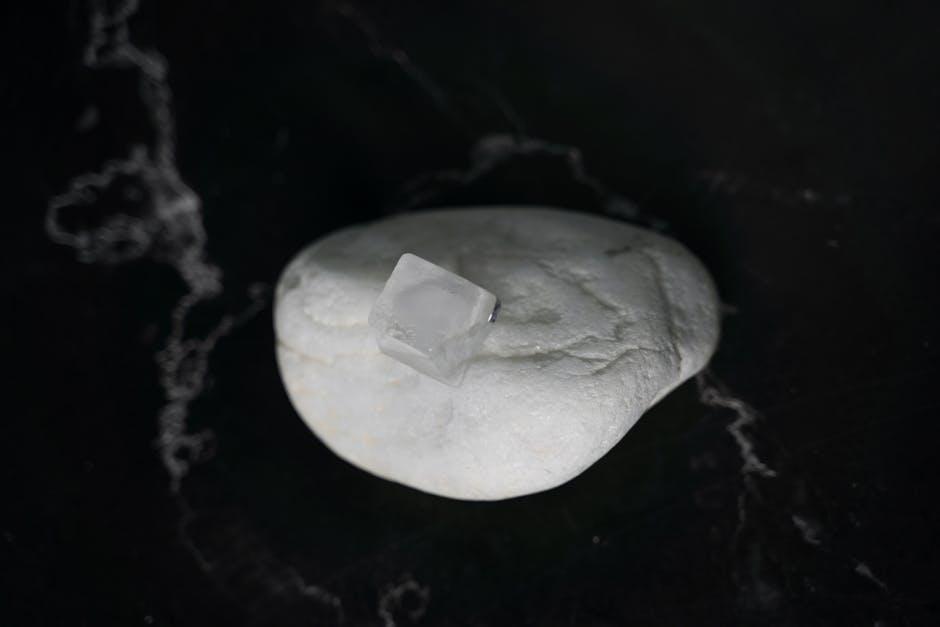Welcoming a puppy into your home is a joyful experience, filled with wagging tails, playful antics, and boundless energy. As these little bundles of fur grow and develop, their nutritional needs evolve, requiring careful attention and adjustments to their feeding regimen. Understanding how to adapt their diet as they transition from tiny pups to robust adults is crucial for their overall health and happiness. In this guide, we’ll walk you through the essentials of adjusting puppy feeding, offering practical tips and insights to ensure your furry friend thrives at every stage of their early life. Whether you’re a first-time puppy parent or an experienced dog owner, this journey promises to be as rewarding as it is informative, fostering a strong, healthy bond between you and your new companion.
Understanding Your Puppys Nutritional Needs
As your puppy embarks on the incredible journey of growth and development, it’s crucial to tailor their diet to meet their evolving nutritional requirements. Puppies have different energy needs compared to adult dogs, and their meals should reflect this. Protein is a vital component in your puppy’s diet, supporting muscle growth and overall development. Ensure that their food includes high-quality animal-based proteins. As your puppy grows, their need for calories will adjust. Initially, they might need more frequent meals, gradually transitioning to fewer meals as they approach adulthood.
Consider incorporating the following into your puppy’s feeding regimen:
- Balanced meals: Opt for puppy-specific formulas that provide the right balance of proteins, fats, vitamins, and minerals.
- Frequent feeding: Puppies typically need three to four meals a day. As they mature, this can be reduced to two meals daily.
- Portion control: Adjust portion sizes according to their age, breed, and activity level to prevent overfeeding or underfeeding.
- Regular monitoring: Keep an eye on your puppy’s weight and body condition, adjusting their food intake as needed.
Always consult with a veterinarian to ensure your puppy’s diet supports their health and growth trajectory.

Transitioning from Milk to Solid Foods
When your furry friend is ready to explore the exciting world of solid foods, it’s essential to make the transition smooth and enjoyable. Begin by introducing a small amount of high-quality puppy food, ideally a formula designed to support their rapid growth and development. Moisten the kibble with a bit of warm water or puppy milk replacer to create a soft, mushy texture that mimics the milk they’re accustomed to. This gentle approach helps ease the shift from milk to solids without overwhelming their sensitive digestive system.
- Start slowly: Gradually increase the solid food portion while decreasing milk over a week or two.
- Observe: Keep an eye on your puppy’s stool and overall energy levels to ensure they’re adjusting well.
- Consistency: Maintain a regular feeding schedule, typically three to four times a day, to establish healthy eating habits.
- Patience: Every puppy is unique, so be patient and adjust the pace based on their individual needs.
Remember, this is a critical time for your puppy’s development, so ensuring they receive the right nutrients is paramount. Consult with your veterinarian to tailor a diet plan that meets your puppy’s specific needs, setting them on the path to a healthy and happy adulthood.
Adjusting Portion Sizes for Growing Puppies
As your adorable furball grows, their dietary needs will evolve, requiring careful adjustments to their meal portions. Puppies have a high metabolism and energy needs that change rapidly during their development stages. Here are some guidelines to ensure your pup gets the right amount of nutrition:
- Age Matters: Puppies typically need to be fed three to four times a day. As they grow, gradually reduce the frequency to twice a day by the time they reach six months.
- Body Condition: Regularly assess your puppy’s body condition. A well-fed puppy should have a visible waistline when viewed from above and a slight tummy tuck when viewed from the side.
- Breed Specifics: Keep in mind that different breeds grow at different rates. Larger breeds may require a diet that supports slower, steady growth to prevent joint issues.
Adjusting the portion size isn’t just about the quantity but also the quality of food. Ensure the meals are rich in essential nutrients like protein, fats, vitamins, and minerals that are crucial for their growth. A warm and loving approach to feeding not only nourishes their body but also strengthens your bond with them.

Monitoring Weight and Health for Optimal Feeding
Ensuring your puppy maintains a healthy weight is crucial for their overall well-being. As your furry friend grows, their nutritional needs will change, and keeping an eye on their weight can help you make the necessary adjustments to their diet. Begin by regularly weighing your puppy, ideally every two weeks, to track their growth. This can be done easily at home with a scale or during routine vet visits. If you notice significant fluctuations, it might be time to reevaluate their feeding plan.
- Monitor Body Condition: Feel your puppy’s ribs; they should be easily palpable without being visible. Their waist should be noticeable when viewed from above.
- Adjust Portion Sizes: If your puppy is gaining weight too quickly, consider reducing the portion sizes slightly. Conversely, if they appear underweight, gradually increase their food intake.
- Consider Nutritional Needs: Ensure that the food you provide is suitable for their age and breed, as larger breeds may require different nutrients compared to smaller breeds.
By keeping a close watch on these factors, you can tailor your puppy’s diet to support their healthy growth and development. Remember, a balanced diet is the foundation of a happy, thriving puppy.
















